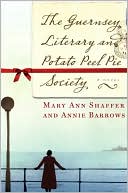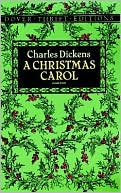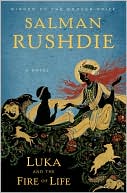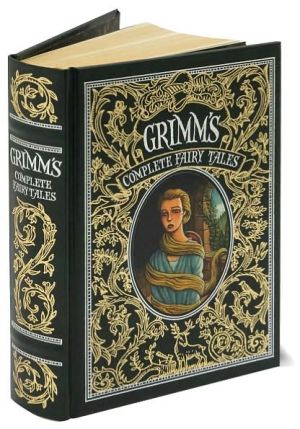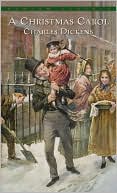The Yage Letters Redux
In January 1953, William S. Burroughs began an expedition into the jungles of South America to find yage, the fabled hallucinogen of the Amazon. From the notebooks he kept and the letters he wrote home to Allen Ginsberg, Burroughs composed a narrative of his adventures that later appeared as The Yage Letters. For this edition, Oliver Harris has gone back to the original manuscripts and untangled the history of the text, telling the fascinating story of its genesis and cultural importance....
Search in google:
The definitive edition of Burroughs' seminal epistolary novel about seeking hallucinogenic Yage in South America.Publishers WeeklyThis epistolary novel, first published in 1963, is actually a fascinating travel log written mostly by Burroughs of a trip he made to Peru and Colombia in 1953 to track down the legendary yage vine (also called ayahuasca), valued among the Indians for its telepathic and anesthetic powers. After a padding of manuscript history from scholar Oliver Harris (The Letters of William S. Burroughs), we find Burroughs writing to Ginsberg, recording his mostly harrowing, occasionally enlightening experiments with the drug, as well as his experiences picking up stray boys and eluding nosy officials. The second half of the book, dated seven years later, contains letters and poems from Ginsberg to Burroughs from the same region and, in turn, record Ginsberg's more intensely spiritual trips ("visit the moon, see the dead, see God"). When not violently poisoned by the drug, Burroughs attained wild, beautifully rendered hallucinations of the "Composite City," and his reflections on the corruption of government and the insidious spread of disease prove haunting and masterly. (June) Copyright 2006 Reed Business Information.
\ Publishers WeeklyThis epistolary novel, first published in 1963, is actually a fascinating travel log written mostly by Burroughs of a trip he made to Peru and Colombia in 1953 to track down the legendary yage vine (also called ayahuasca), valued among the Indians for its telepathic and anesthetic powers. After a padding of manuscript history from scholar Oliver Harris (The Letters of William S. Burroughs), we find Burroughs writing to Ginsberg, recording his mostly harrowing, occasionally enlightening experiments with the drug, as well as his experiences picking up stray boys and eluding nosy officials. The second half of the book, dated seven years later, contains letters and poems from Ginsberg to Burroughs from the same region and, in turn, record Ginsberg's more intensely spiritual trips ("visit the moon, see the dead, see God"). When not violently poisoned by the drug, Burroughs attained wild, beautifully rendered hallucinations of the "Composite City," and his reflections on the corruption of government and the insidious spread of disease prove haunting and masterly. (June) Copyright 2006 Reed Business Information.\ \ \ \ \ Library JournalHere's a weird one. Burroughs categorized this as an epistolary novel, but it unfolds as a series of letters between himself and Ginsberg, using their real names. Even editor Harris states in his introduction that he doesn't know if it's fiction or non. Regardless, Burroughs relates his seven-month expedition into South American jungles in search of the fabled hallucinogen yage (you know you're a stoner when). Albeit unusual but still a solid addition to the Beat canon. Copyright 2006 Reed Business Information.\ \

